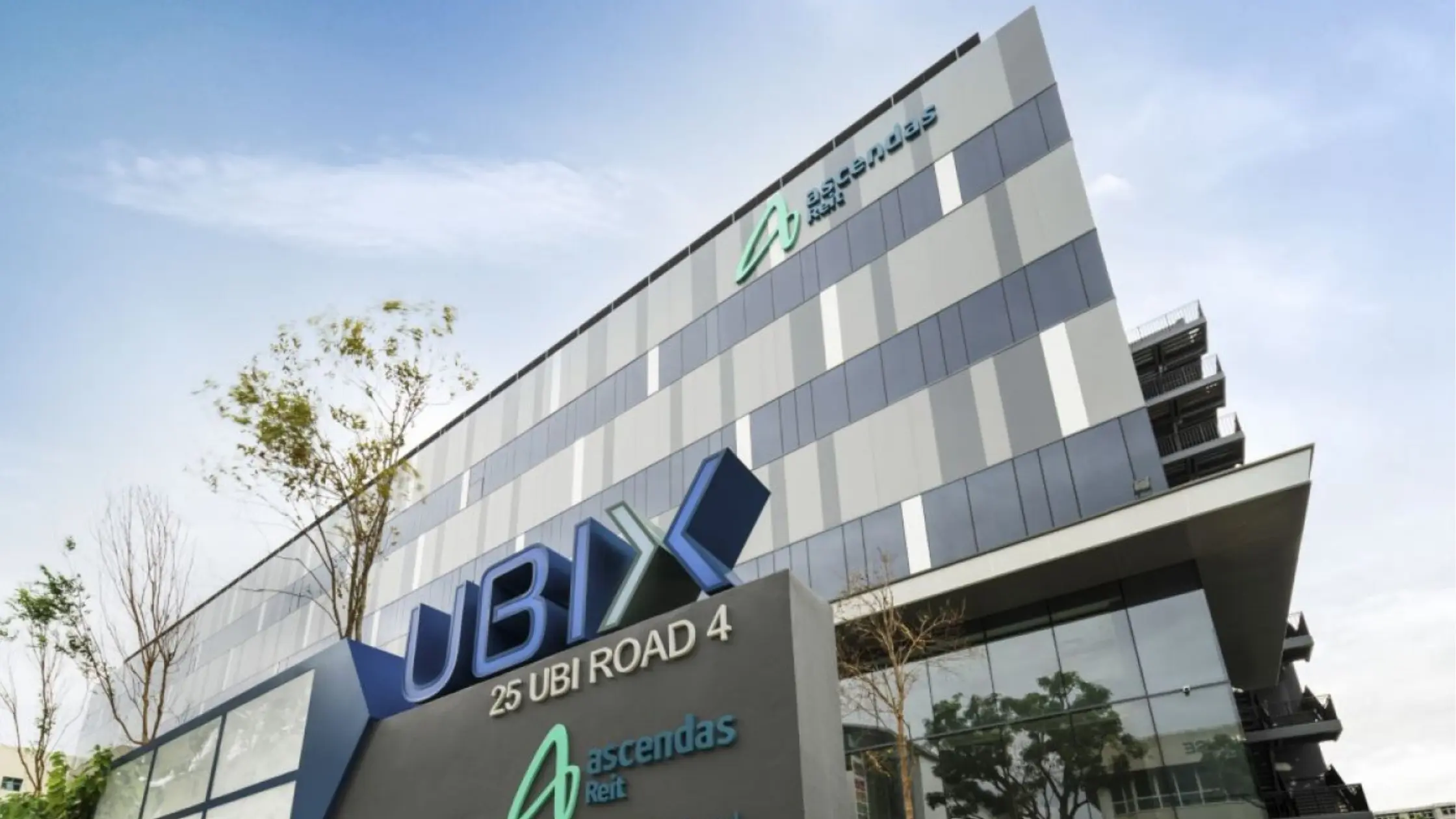Should SGX Enforce Stricter Disclosure or KPIs for S-REIT Leaders?
The debate over executive compensation has taken centre stage in Singapore’s Real Estate Investment Trust (S-REIT) sector, as highlighted by the SGX Chartbook released on February 28, 2025.
With significant disparities between CEO remuneration and REIT performance, questions arise about whether stricter disclosure requirements or Key Performance Indicators (KPIs) linked to bonuses are needed.

From the SGX Chartbook:
CEO Total Remuneration:
- Highest Paid CEO:
- John Stewart of Digital Core REIT earned S$1.75 million, despite the REIT having a relatively modest market capitalisation of S$991 million.
- Lowest Paid CEO:
- John Cassaante of Manulife US REIT received S$341,700, aligning with the smallest market cap of S$175 million.
- Average and Median Pay:
- Simple average: S$1.02 million
- Median: S$1.03 million
Fixed Statutory Pay:
- Highest Fixed Pay:
- William Tay of CapitaLand Ascendas REIT earned S$492,100, managing one of the largest REITs with a market cap of S$11.3 billion.
- Lowest Fixed Pay:
- John Cassaante of Manulife US REIT had the lowest fixed pay at S$329,100, consistent with his REIT’s small size.
1-Year Total Return:
- Top Performers:
- Prime US REIT: +32%
- Parkway Life REIT: +29%
- Keppel DC REIT: +29%
- Worst Performers:
- Manulife US REIT: 76%
- Elite UK REIT: 56%
- Sabana REIT: 55%
Market Capitalisation Disparity:
- Range:
- Smallest: S$175 million (Manulife US REIT)
- Largest: S$14.4 billion (CapitaLand Int Com Trust)
- Notable Anomalies:
- Some CEOs of smaller REITs (e.g., Digital Core REIT, Lippo Malls) earn near or above the average remuneration, raising questions about pay rationale.
Critical Takeaways:
Weak Correlation Between Pay and Performance:
- A glaring issue is the lack of alignment between CEO remuneration and REIT performance. For example:
- CEOs of poorly performing REITs (e.g., Manulife US REIT, Sabana REIT) still command substantial pay despite negative returns.
- Conversely, some high-performing REITs (e.g., Parkway Life REIT) do not necessarily compensate their CEOs at the highest levels.
Pay Disparities Across Market Caps:
- Larger REITs (e.g., CapitaLand group) do not always pay the highest salaries, even though they manage significantly more assets.
- Foreign-focused REITs (e.g., US, UK) dominate the bottom of the return table and exhibit wide pay disparities, further complicating the pay-performance narrative.
Foreign-Focused REITs Underperform:
- Many foreign-focused REITs, particularly those targeting the US and UK markets, delivered poor returns while maintaining varied CEO compensation levels. This inconsistency highlights potential inefficiencies in governance and strategy.
Should SGX Enforce Stricter Disclosure or KPIs?
The data suggests that current practices may not adequately align CEO remuneration with shareholder value creation. Here are two potential solutions:
Option 1: Stricter Disclosure Requirements:
- Mandate detailed breakdowns of how CEO pay is determined, including:
- The proportion of fixed vs. variable pay.
- Specific KPIs tied to bonuses (e.g., total returns, dividend payouts, cost efficiency).
- Justifications for pay levels relative to market capitalisation and performance.
- Benefits:
- Greater transparency for shareholders and stakeholders.
- Encourages boards to justify compensation decisions publicly, fostering accountability.
Option 2: KPIs Linked to Bonuses:
- Require REITs to tie a significant portion of CEO bonuses to measurable KPIs, such as:
- Total Returns: Ensures alignment with shareholder interests.
- Dividend Growth: Reflects commitment to income stability for unitholders.
- Cost Efficiency Ratios: Promotes operational excellence.
- Benefits:
- Directly links CEO incentives to performance metrics that matter to investors.
- Reduces instances of high pay for underperformance.
What Does This Mean for Stakeholders?
- For Shareholders:
- Stricter disclosure or KPI-linked bonuses could enhance confidence in governance and reduce concerns about excessive executive pay.
- For Boards:
- Implementing these measures would require careful calibration to avoid stifling innovation or penalizing leaders for uncontrollable external factors (e.g., market downturns).
- For CEOs:
- Clearer KPIs could provide a roadmap for success, while stricter disclosure ensures fairness and builds trust with stakeholders.
- For Regulators:
- SGX must balance enforcing accountability with avoiding overly prescriptive rules that stifle flexibility.
The SGX Chartbook underscores the need for greater alignment between CEO remuneration and REIT performance. While some leaders earn substantial pay despite lackluster results, others deliver strong returns without commanding top-tier compensation.
Stricter disclosure requirements or KPI-linked bonuses could address these disparities, ensuring that executive pay reflects true value creation.
Ultimately, the goal is to foster trust among investors, promote sustainable growth, and ensure that S-REITs remain a cornerstone of Singapore’s financial ecosystem.
As the debate continues, stakeholders must weigh the benefits of increased regulation against the risks of micromanagement.
Let us know what you think about this topic, and what do you want to hear next.
You can now be our community contributor and make a pitch to have your favourite personality be on our show.
Join our community group and drop us your insights on this topic.

-3.png?width=50&name=Square%20(2)-3.png)












Let us know what you think of this post